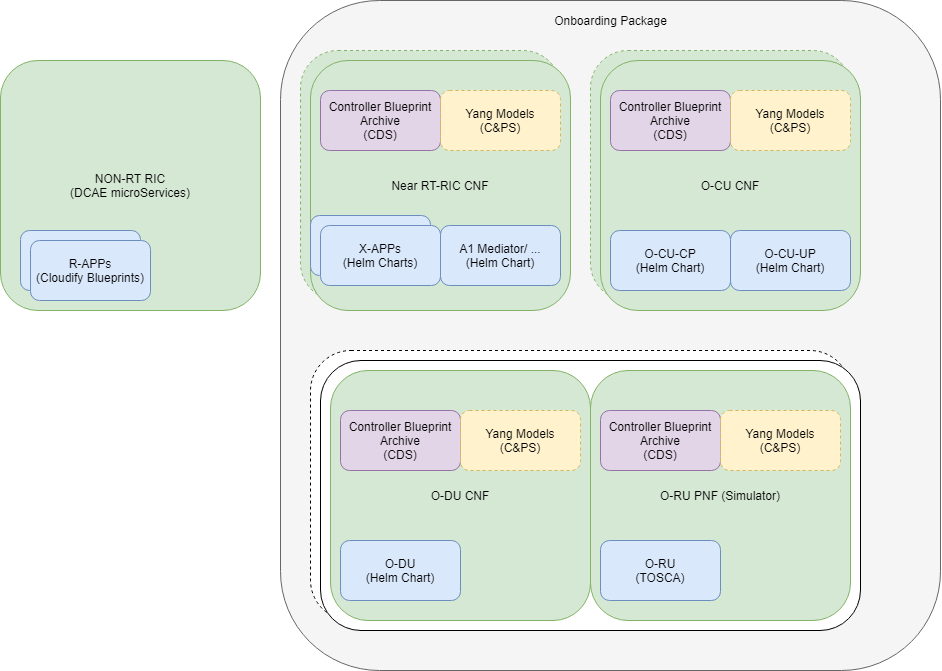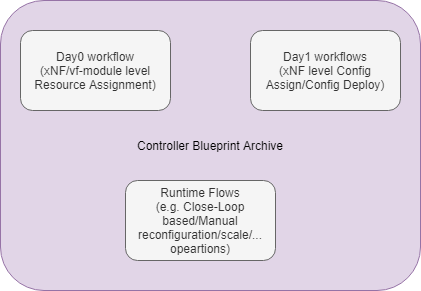This page discusses the requirements, concepts and ideas about the deployment options and initial configuration of O-RAN Components in different cloud instances.
O-RAN Components are:
According to the O-RAN architecture such components needs to be instantiated in different cloud location creating the RAN. In addition several interfaces between the O-RAN components, between O-RAN components and the Service Management and Orchestration Framework (SMO) and between O-RAN components and the Mobile core must be instantiated, configured and functionality tested, before the RAN is functional end-to-end.
The bases of such functionally was made in ONAP Frankfurt release and demonstrated several times.


Powered by a free Atlassian Confluence Open Source Project License granted to The Linux Foundation. Evaluate Confluence today.